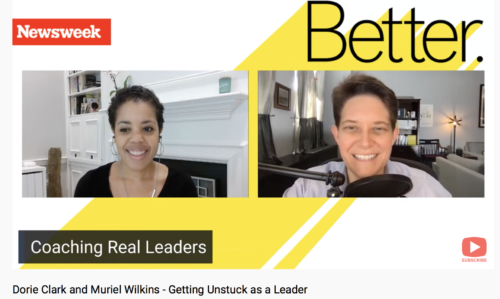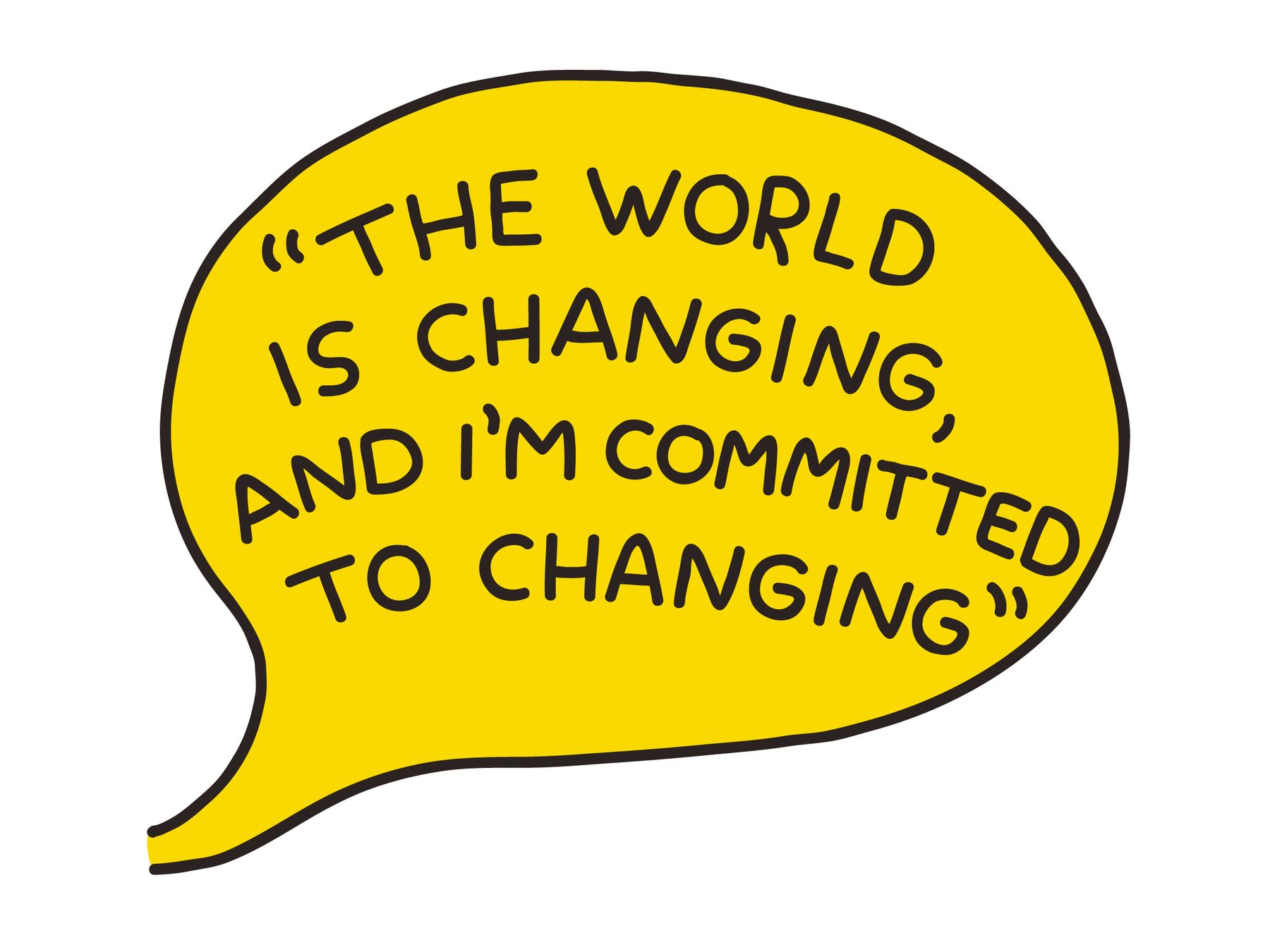As the next Olympics draws near, we will again be reminded of the courage it takes to achieve results. Think back to the Canadian figure skater who skated her way to a bronze medal, just days after losing her mother to a heart attack. Or, Shaun White, having already won a gold medal, demonstrating his spirit for the sport by attempting a new trick on the world stage, elevating the difficulty of the sport to a new level. Each of these is a very different example of courage, showcasing what can be achieved by overcoming fears or pain, facing danger, and still taking action.
Courage extends well beyond these expertly trained athletes. Every day we perform acts of courage for ourselves, at home and at work. Courage is the ability to face a difficult situation and take decisive action. Leadership courage can take place in the context of giving an employee tough feedback, telling a client that a project is not going as well as it should, or raising an issue to management that affects the entire company. Whatever the situation, those with leadership courage are able to take action where others are unwilling to step up. The ability to do this takes confidence, a willingness to take a risk and the knowledge to consider all sides of a situation.
There can also be a downside to leadership courage. If you take a stand all of the time, on every issue, your peers, employees or clients may have a different perception of you. You might be perceived as a complainer, a self- promoter, unable to listen to others, or overly negative. Leadership courage, therefore, requires striking a delicate balance between your own voice, taking a stand for what you believe, and having a voice for others. So how do you achieve this balance?
I recently had a client who required assistance with this question. Kristin was a senior member of a project team and up for a promotion. She was facing increasing pressure to deliver more work for a client, and within the same project deadline. Her project team was falling behind schedule with the out of scope tasks and becoming burnt out with the extra demands. Kristin was worried about approaching her boss, for fear that he would think she was complaining, while the team would view her as weak for not speaking up. Using the framework below, we prepared for the discussion:
- Confront the issue and be able to describe it specifically. What is the headline?
- Outcomes. What is the ideal result from addressing the situation?
- Understand the context of the situation. Does it affect only you? The organization? A client?
- Respect other points of view. Listen to the other party in the discussion. What might they see or know that broadens your perspective?
- Act. Contribute possible solutions. Was the end result satisfactory? What obstacles do you face implementing the solution? Are there further steps to take?
- Gather feedback. What worked with the approach? How did other stakeholders feel about the situation and outcome?
- Evaluate and learn from the experience. What would you do differently next time?
Kristin approached her boss with a crisp description of the problem and two possible solutions. She learned that there were other factors driving the client’s demand that were outside of the project team’s control. She was able to adjust the project priorities and set more clear direction with her team. Kristin’s boss provided the feedback that he was pleased to see that she had a pulse on the team, and could quickly adapt to the changing circumstances.
Olympic athletes are well-trained, ingraining physical movements into their bodies, visualizing the actions they will take each time they step up to a start line. This occurs because of rigorous and routine practice. Just like athletes, we can train ourselves through practice, enabling us to ingrain leadership courage as a skill. You may not always have the time to prepare for the situation, as Kristin did, but practice this model for effective Leadership Courage each time you confront a situation, and it will become second nature over time.
– Erin McCants Parker










